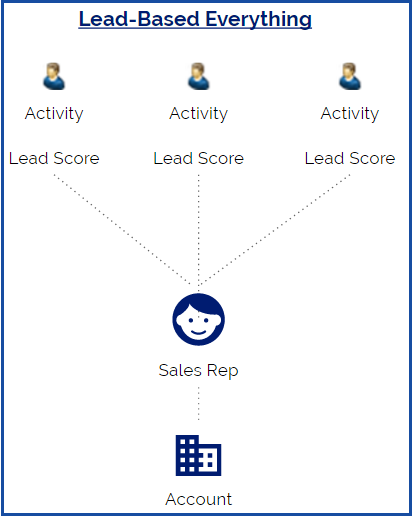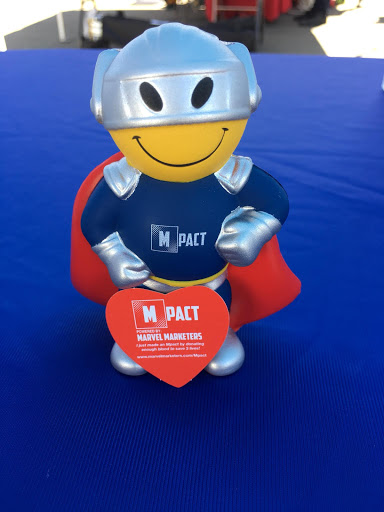Whether your focus is B2B, B2C or P2P, it boils down to this: we talk to people. Companies are run by actual humans, and when these companies have problems–it’s people that are looking for the answers. We see this theme throughout the smallest startup to the largest enterprise business.
 Which leads us to this useful insight: People only talk to people (and, perhaps, occasionally their pets). Ever tried to hold a serious conversation with Siri? The technology just isn’t there yet. So even though people at the same company may be facing the same challenge, how we as marketers talk to them and what these individuals are looking for in a solution will differ person to person.
Which leads us to this useful insight: People only talk to people (and, perhaps, occasionally their pets). Ever tried to hold a serious conversation with Siri? The technology just isn’t there yet. So even though people at the same company may be facing the same challenge, how we as marketers talk to them and what these individuals are looking for in a solution will differ person to person.
That’s why this new focus shift from Leads to Accounts is so important. It’s a fairly significant shift, too. Lead Gen and ABM vary in many different ways and serve separate purposes. Undergoing this transition can be quite disruptive to existing campaigns, strategies and business processes as a whole. It’s kind of a paradigm shift, actually. Let me explain why:
In the Lead Gen space, individual leads are the focus, with each lead’s activity scored and measured separately. Once they reach their engagement threshold, leads are then passed to sales for follow up as they now qualify as “sales ready.” If you’re in the SFDC world, they are then converted to Contacts, assigned to Accounts and then communicated with via your sales team.
In this model, the seller (or account manager) then becomes the primary point of contact (POC) for all engagement involving that lead. If they need an attention getting email from their SME or VP, they will have to request that they write it and even send it out themselves. Too often these sales ready leads don’t respond, are marked as disqualified and then recycled. Perhaps you have a nurture campaign already in place for these recycled leads, but many marketing teams don’t. (And remember that for our demonstration purposes, this process has been seriously oversimplified!)
 Now let’s compare this to the ABM process. In addition to flipping our beloved funnel on its head, it asks an entire business (not just marketing and sales) to identify what are the most important businesses we should be selling to. From there, your teams actively identifies and reaches out to engage with the decision-making stakeholders at that account.
Now let’s compare this to the ABM process. In addition to flipping our beloved funnel on its head, it asks an entire business (not just marketing and sales) to identify what are the most important businesses we should be selling to. From there, your teams actively identifies and reaches out to engage with the decision-making stakeholders at that account.
Enterprise purchasing isn’t what it used to be. Now, everyone has a committee, each with different needs, objectives and questions that need answered. Think of it like this: A company has need of some new devices to empower its mobile employees. Even though the underlying need is the same across departments, IT staff, Team Leads, the CFO and HR all harbor their own unique wish-lists that actively plays into their vote toward acquiring (or not acquiring!) a particular tool. The goal of ABM is to have ongoing conversations with the entire purchasing team to address their individual needs while solving the company’s issues at large.
The complex outreach campaigns available through an ABM platform are designed to help you manage these conversations, enabling you to run unique campaigns, or as Engagio calls them, Plays. These can be launched one at a time for uniqueness or in a larger bulk format for efficiency.
From there, your team is able to monitor individual prospect behavior and assimilate it to create an overall picture of the account’s engagement as a whole. Pretty cool, right? Having many people in an organization looking at your product or solution is significantly more promising than one person’s consideration.
Something to keep in mind, though, is that this model often assumes you know your accounts’ organization structures inside and out (basically, who you should be talking to). And sure, maybe for some companies you already do. But sometimes it’s that one person…the one that isn’t tied to an existing account, who could make or break a potential purchase. Which leads us back to the practice of capturing and getting to know new, interested leads. But you already know all about that, don’t you.




